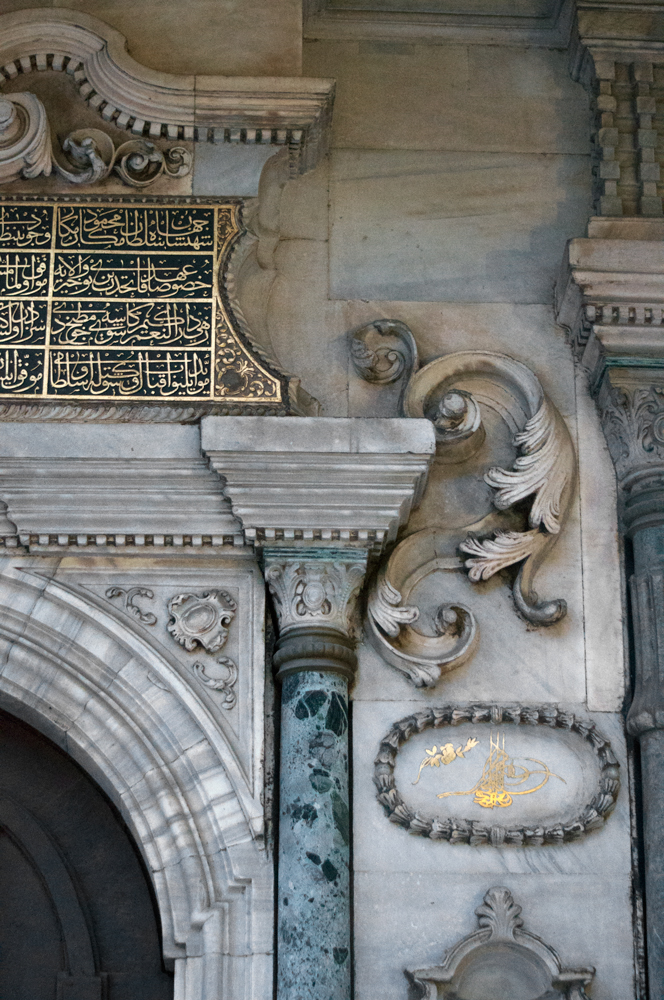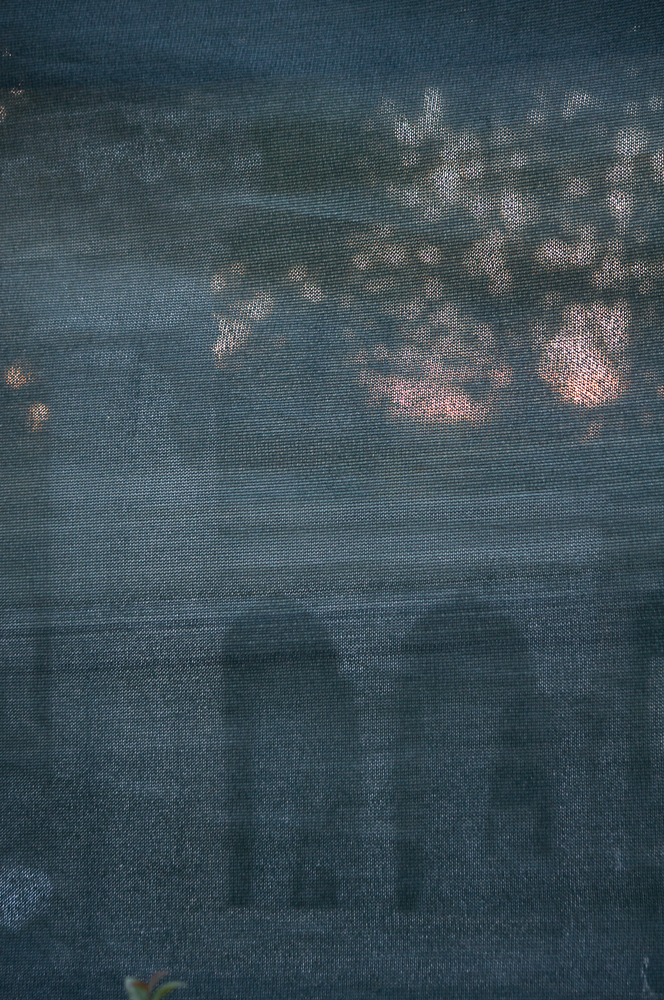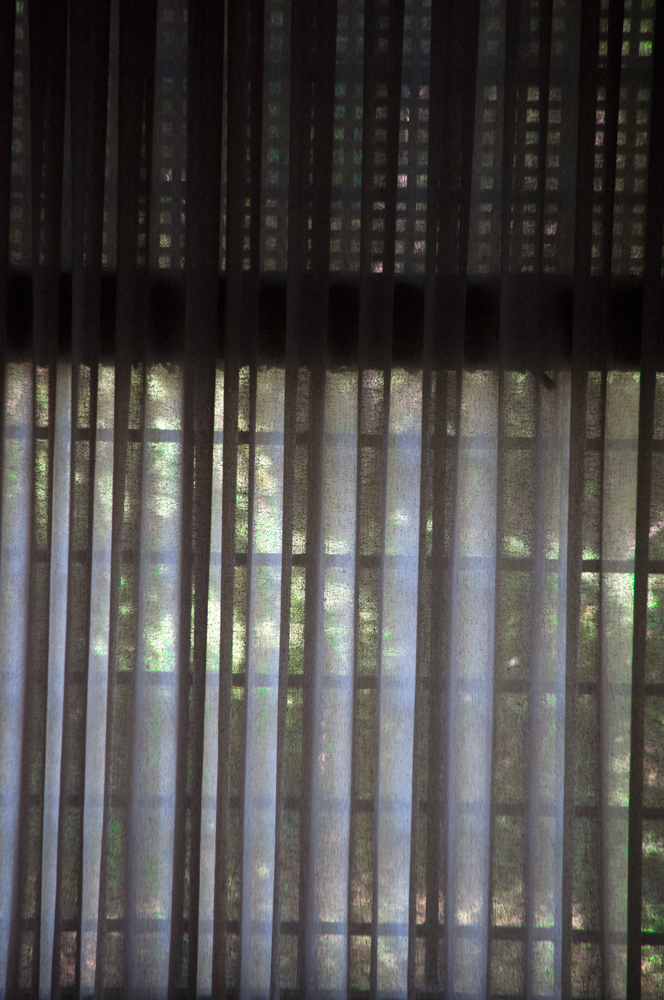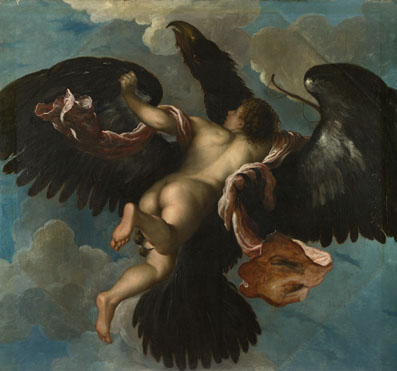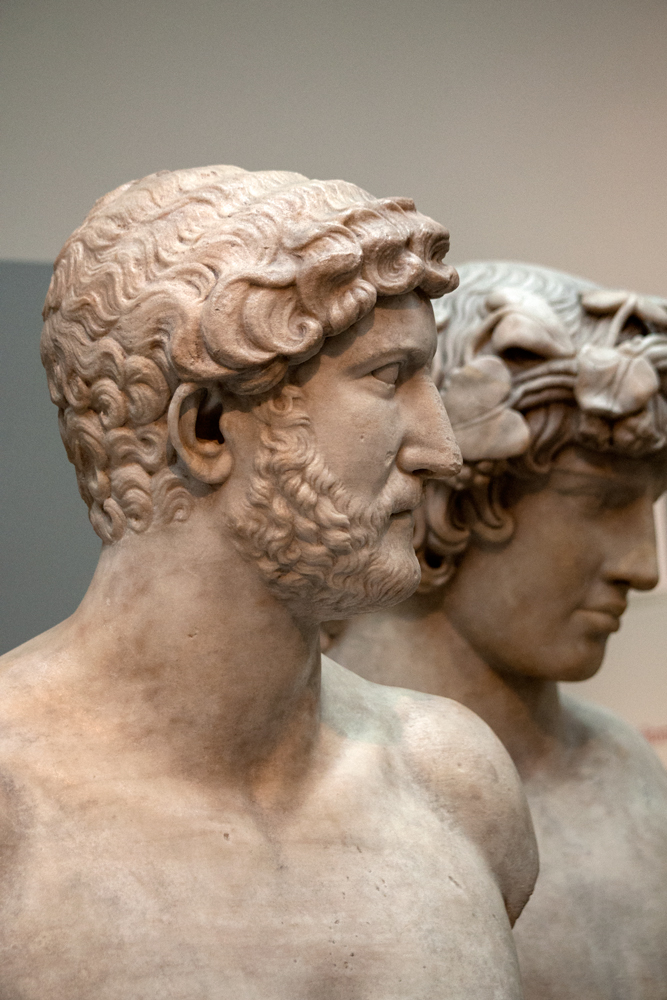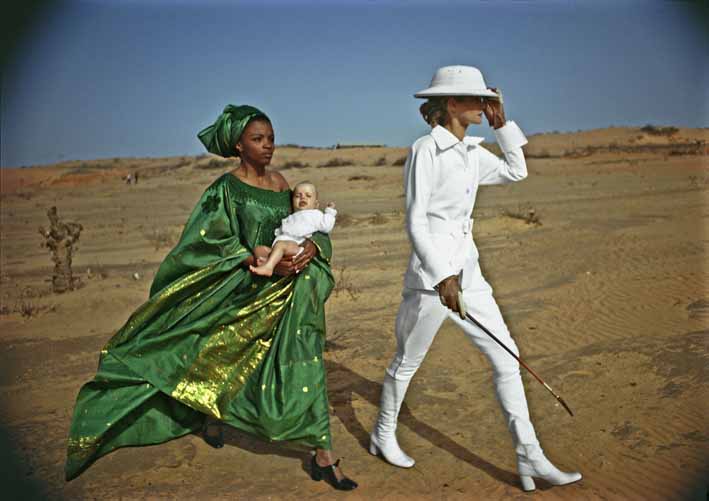europe to asia bridge. turquoise.
Olhar Museu: The Politics of Cultural Exchanges
Serpent Column, cast to celebrate the victory of Greeks over the Persians during the Persian Wars in the 5th century BC. Constantine ordered the Tripod to be moved from the Temple of Apollo at Delphi, and set in middle of the Hippodrome.
Theodosius the Great, who in 390 brought an obelisk from Egypt and erected it inside the racing track. Carved from pink granite, it was originally erected at the Temple of Karnak in Luxor during the reign of Tuthmosis III in about 1490 BC. Theodosius had the obelisk cut into three pieces and brought to Constantinople. The top section survives, and it stands today where Theodosius placed it, on a marble pedestal. (wikipedia)
Olhar Museu: The Politics of Cultural Exchanges
Topkapı Palace, Istanbul.
Olhar Museu: The Politics of Cultural Exchanges
istanbul
Olhar Museu: The Unacknowledged Museum of Gay Art
Archeological Museum, Istanbul: Hermaphrodite + Alexander, the Great + Alexander, the Great + Hephaestion
Curtains (Painterly)
Olhar Museu: The Unacknowledged Museum of Gay Art
wallace collection, london
Olhar Museu: The Politics of Cultural Exchanges
wallace collection, london
Olhar Museu: The Unacknowledged Museum of Gay Art
unfortunately london's national gallery does not allow photography.
sea to sea / american to european waters / with poet terri witek
U.S. waters brought to the Thames river.
the thames.
Olhar Museu: The Politics of Cultural Exchanges
British Museum
Olhar Museu: The Unacknowledged Museum of Gay Art
British Museum
Olhar Museu: The Unacknowledged Museum of Gay Art
Hermaphrodite, second half of third century A.D.
Museo di Scultura Antica Giovanni Barracco, Rome.
Olhar Museu: The Politics of Cultural Exchanges
Rome
Olhar Museu
Olhar Museu: The Politics of Cultural Exchanges
Brazilian Cannibals on Humboldt's coconut.
Black woman from the Amazon
Bruegel's paradise.
Brazil
me Collectors Room, Berlin
Olhar Museu [Gaze as Museum] brochure
o Olhar Museu Isolates details to magnify or produce meaning.
o Olhar Museu performs an archeology of the surface into the unconscious speeches of things (the gaze sculpts meaning into the matter of life).
Operations of the Olhar Museu:
To historicize,
To witness,
To take inventory,
To invent,
To curate,
To image desire and longing,
To read in between the lines,
To read the fine print,
To linger on,
To remember,
To accumulate the sparse and make it weighty.
To enlist,
To take issue.
Strategies of the Olhar Museu:
To frame,
To cut,
To direct attention,
To blow up (To Antonioni),
To make the background into foreground,
To change visual hierarchy,
To make private gaze public.
Olhar Museu: The Unacknowledged Museum of Gay Art
Memorial to Homosexuals Persecuted Under Nazism
Elmgreen and Dragset, Berlin, 2008.
Olhar Museu: The Politics of Cultural Exchanges
3 Museums today in Berlin
Kathe Kollwitz Museum
I admire: the account of war by a woman, the political engagement in art, the everyday political struggles into elegies.
I mistrust: the artistic virtuosity that obfuscates the content.
As I read Weisel’s Night today I felt his direct prose to be more effective. But is it because of the power of the documentary? Are we condemned to the first person, seemly-unflourished witnesses accounts? Does the symbolic makes quaint, domesticates a hard truth? Or does the documentary makes it into spectacle?
Those are not rhetorical questions.
Nolde Museum
Nolde and Beckman are my favorite Expressionists. This show juxtaposed some objects from his collection, from kitsch to historical, with his depictions. There was also a part dedicated to his paintings based on the collection of the Ethnological Museum, which I just visited a few days ago (and where they had markers on the pieces that he painted). This is not what interests me. His paintings are rarely as strong as the objects that originated them, particularly the African sculptures. And to our eyes they do not represent bad taste, or the exotic, or a flurry from the unconscious, as they did for his generation.
I rather like his landscapes, which have the dark depth of German Romanticism. At least as I remember them at the Thyssen Bornamisen 15 years ago.
Museum of Photography / Helmut Newton Foundation
(Helmut Newton exhibition)
I know the art world loves fashion. To me it seems mostly a racist, sexist, classist world. A world that is seen as ‘feminine,’ but that is made of male photographers presenting the work of male designers who dress woman often made up by male hairdressers and make up guys.
I dislike that it is an instrument of capitalist consumerism; that its utopia is of people that are always young, always rich, and who spend their lives in continuous leisure. I have seen too many Antonionis to even desire that utopia.
But the pictures are spectacular. They are beautiful. And yet they are the enemy. The embodiment of the ideology of oppression. Their seductiveness is what is slightly repulsive.












